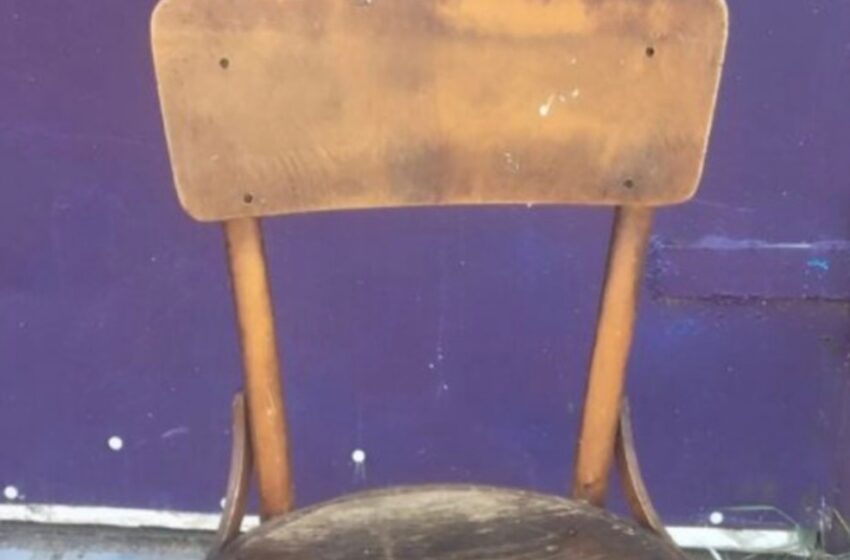The vintage jar opener became a revolutionary kitchen tool in the early 20th century, when home canning and food preservation surged in popularity. As more households began preserving fruits, vegetables, and other goods, a simple but essential problem emerged: how to open tightly sealed jars. The vintage jar opener offered a practical solution, combining ingenuity, functionality, and durability. This article explores the fascinating history of this indispensable tool and how it shaped the modern kitchen.

The Origins of the Vintage Jar Opener
During the late 1800s and early 1900s, home canning became a widespread practice. With the ability to preserve food for longer periods, families could store seasonal produce and enjoy it throughout the year. However, tightly sealed jars presented a challenge. Once the vacuum seal was formed, opening the jars without damaging the contents or hurting oneself became difficult. This led to the invention of the vintage jar opener, designed to make opening these jars easier and safer.
Early jar openers were typically made from metal or cast iron, and while their designs were simple, they were highly functional. The tool’s purpose was straightforward: break the seal and provide leverage for opening jars with minimal effort. Early models focused on durability, as most kitchen tools of that era were crafted to withstand years of use. These jar openers were not just functional but also embodied the craftsmanship and quality of early 20th-century tools.
The Evolution of Jar Opener Designs
As kitchen technology advanced, so did the designs of jar openers. What began as a simple metal tool evolved into a variety of mechanisms aimed at improving ease of use. The early 1900s saw several types of jar openers, each offering different methods for dealing with stubborn lids. Let’s take a look at the most popular designs.
Lever-Style Jar Openers
One of the earliest and most common types was the lever-style opener. This design relied on a basic lever mechanism to break the jar’s vacuum seal. By applying downward pressure on the handle, users could create enough torque to twist off even the most tightly sealed lids. The simplicity and effectiveness of the lever mechanism made it a popular choice in kitchens across the globe.
Lever-style openers often had long, sturdy handles that allowed users to exert significant force without straining their wrists. The balance between leverage and grip made this design both efficient and easy to use, especially for those with limited strength.
Screw-Type Jar Openers
Another innovation in jar opener design was the screw-type opener. This tool featured a rotary mechanism that allowed users to grip the jar lid securely and twist it open with ease. Screw-type openers were particularly useful for rusted or hard-to-turn lids, offering a reliable method for breaking through even the toughest seals.
These openers were often equipped with adjustable clamps to accommodate lids of various sizes. By tightening the screw, the clamps would secure the lid, enabling the user to apply pressure and twist it off without fear of slipping.
Clamp-Style Jar Openers

The clamp-style opener became a favorite for jars with smooth or slippery lids. This design used a clamping mechanism to hold the lid firmly in place while the user applied pressure to twist it open. These openers were highly effective in providing additional leverage, making them ideal for jars that were difficult to open by hand.
Clamp-style jar openers typically featured rubber or textured grips to enhance their hold on the lid, reducing the risk of slipping. This design was particularly helpful for older individuals or those with arthritis, as it minimized the effort required to open stubborn jars.
Handheld Grip Jar Openers
The handheld grip opener was designed for those who preferred a more direct approach. With ergonomic handles and textured grips, these openers allowed users to manually apply pressure and twist off the lid. The simplicity of this design made it accessible for everyday use, and it quickly became a kitchen staple.
These openers were lightweight and easy to store, making them a popular choice for quick jar-opening tasks. Despite their minimalistic design, handheld grip openers were highly effective and required little maintenance.
The Practicality and Popularity of Vintage Jar Openers

The widespread use of jar openers in the 20th century reflects their practicality and necessity in everyday life. As home canning became more prevalent, so did the need for efficient tools to handle sealed jars. Vintage jar openers provided a solution that not only improved kitchen efficiency but also ensured safety.
The craftsmanship of these early tools, made from durable materials like cast iron and metal, ensured that they could last for decades. Many of these openers are still functional today, a testament to the quality of design and construction from that era. Their utility extended beyond opening jars—they also represented an era of ingenuity and problem-solving in household tool design.
The Legacy of the Vintage Jar Opener
Though modern gadgets have since flooded the kitchen market, the vintage jar opener remains a beloved tool for collectors and enthusiasts alike. These early openers are prized for their historical value and mechanical ingenuity. Collectors often seek out vintage models for their unique designs, while others appreciate them as functional antiques that still perform their intended task.
Vintage jar openers have found a place in antique collections and kitchen museums, where they are celebrated as symbols of innovation in domestic life. Their appeal lies in their simple yet effective design, a reminder of a time when tools were crafted with both durability and aesthetic appeal in mind.
Why Vintage Jar Openers Are Still Relevant Today

In today’s world, where convenience often trumps craftsmanship, vintage jar openers stand as a reminder of the value of well-made tools. Many modern jar openers are made from plastic or lighter materials, sacrificing durability for cost. Vintage models, with their heavy-duty construction and thoughtful design, continue to be appreciated for their reliability and timeless appeal.
For those who appreciate the tactile satisfaction of using a well-crafted tool, vintage jar openers offer a nostalgic connection to the past. They are not just functional—they are artifacts of an era where household tools were designed to be both beautiful and long-lasting.
Conclusion: A Lasting Legacy in the Kitchen
The vintage jar opener is more than just a kitchen gadget—it’s a piece of history that reflects the evolution of home cooking and food preservation. From its early beginnings as a simple tool for opening sealed jars to its place in antique collections today, the jar opener remains an essential part of culinary history.
Whether used for their intended purpose or displayed as nostalgic keepsakes, vintage jar openers hold a special place in the hearts of collectors, mechanics, and home cooks alike. Their legacy endures as a testament to the ingenuity of past generations and the importance of quality in everyday tools.





